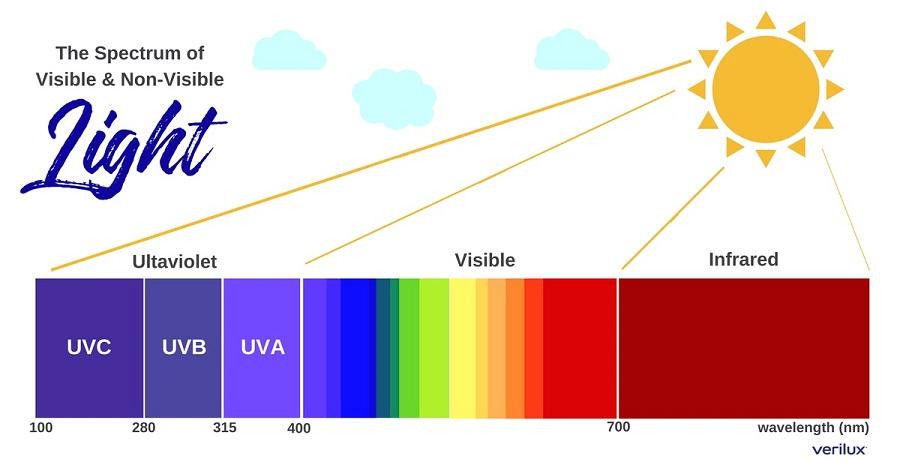UV, Sunscreen, and SPF


What is SPF Sunscreen?
SPF, or Sun Protection Factor,is a measure of how well a sunscreen will protect skin from
UVB rays, the kind of radiation that causes sunburn, damages skin, and can contribute to
skin cancer.
UVB rays, the kind of radiation that causes sunburn, damages skin, and can contribute to
skin cancer.
- If your skin would normally burn after 10 minutes in the sun, applying an SPF 15 sunscreen would allow you to stay in the sun without burning for approximately 150 minutes (a factor of 15 times longer). This is a rough estimate that depends on skin type, intensity of sunlight and amount of sunscreen used. SPF is actually a measure of protection from amount of UVB exposure and it is not meant to help you determine duration of exposure.
- For best protection, experts recommend using a minimum SPF sunscreen of 15, applying the proper amount (2mg/cm2 of skin, or about one ounce for full body coverage), and reapplying every 2 hours.
- Most people under-apply sunscreens, using ¼ to ½ the amount required. Using half the required amount of sunscreen only provides the square root of the SPF. So, a half application of an SPF 30 sunscreen only provides an effective SPF of 5.5!
The SPF (Sun Protection Factor) scale is not linear:
- SPF 15 blocks 93% of UVB rays
- SPF 30 blocks 97% of UVB rays
- SPF 50 blocks 98% of UVB rays
So, one way of looking at this is that SPF 30 sunscreen only gives you 4% more protection than SPF 15 sunscreen.
Or, another way of looking at it is:
- SPF 15 (93% protection) allows 7 out of 100 photons through
- SPF 30 (97% protection) allows 3 out of 100 photons through.
So, while you may not be doubling your level of protection, an SPF 30 will block half the radiation that an SPF 15 would let through to your skin.
It’s complicated, but to keep it simple, most dermatologists recommend using a SPF 15 or SPF 30 sunscreen.
Why not use a really high Sun Protection Factor? Sunscreens with really high SPFs, such as SPF 75 or SPF 100, do not offer significantly greater protection than SPF 30 and mislead people into thinking they have more protection than they actually do. Additionally, in order to have broad spectrum protection, the UVA protection should be at least 1/3 of the UVB protection. High SPF sunscreens usually offer far greater UVB than UVA protection, thus offering a false sense of full protection.


留言
張貼留言